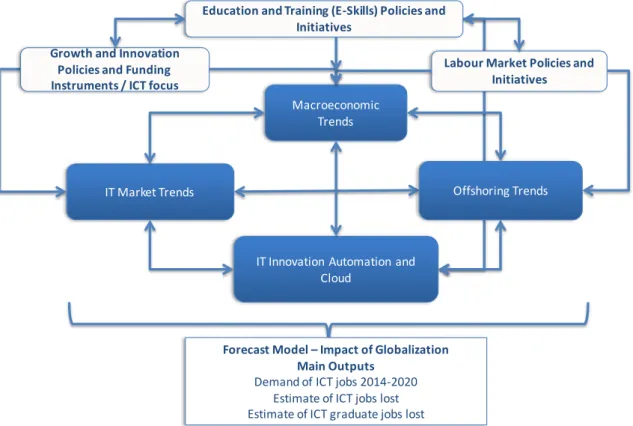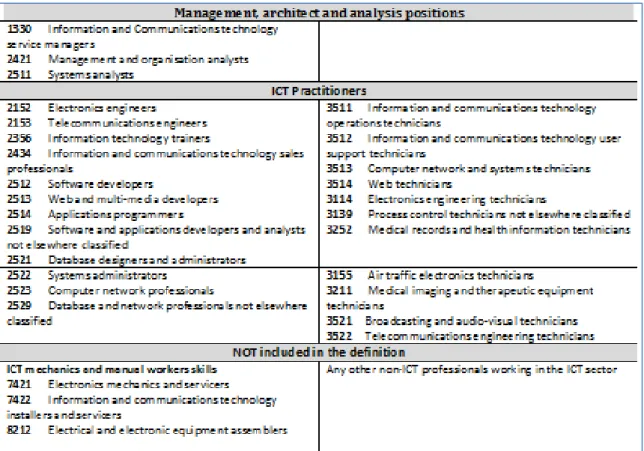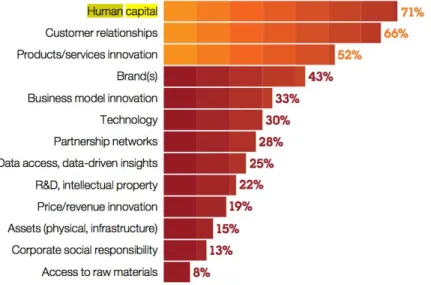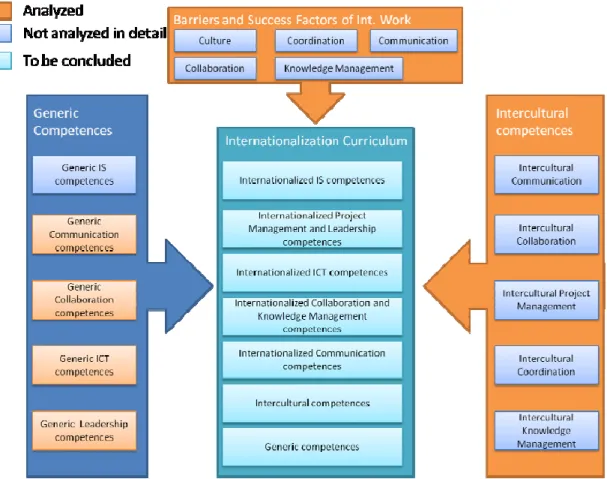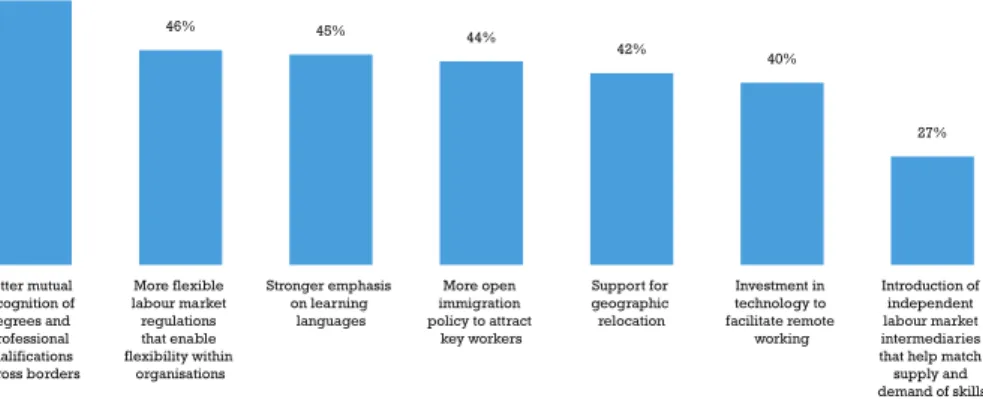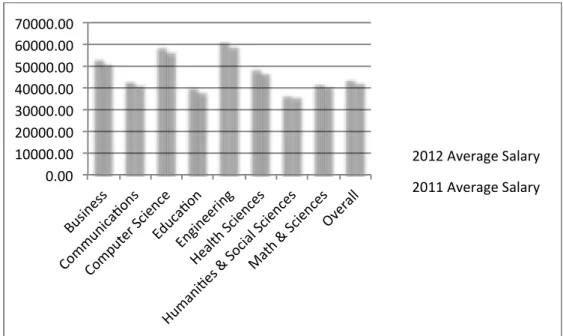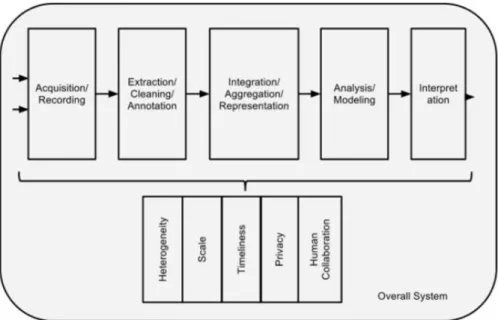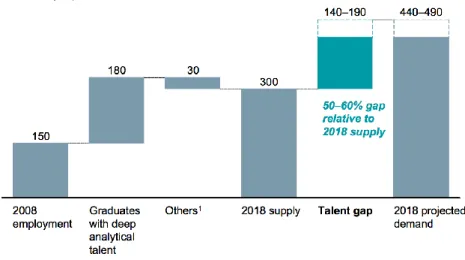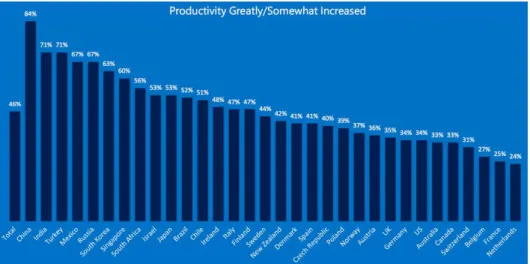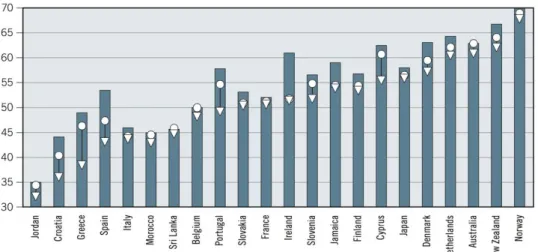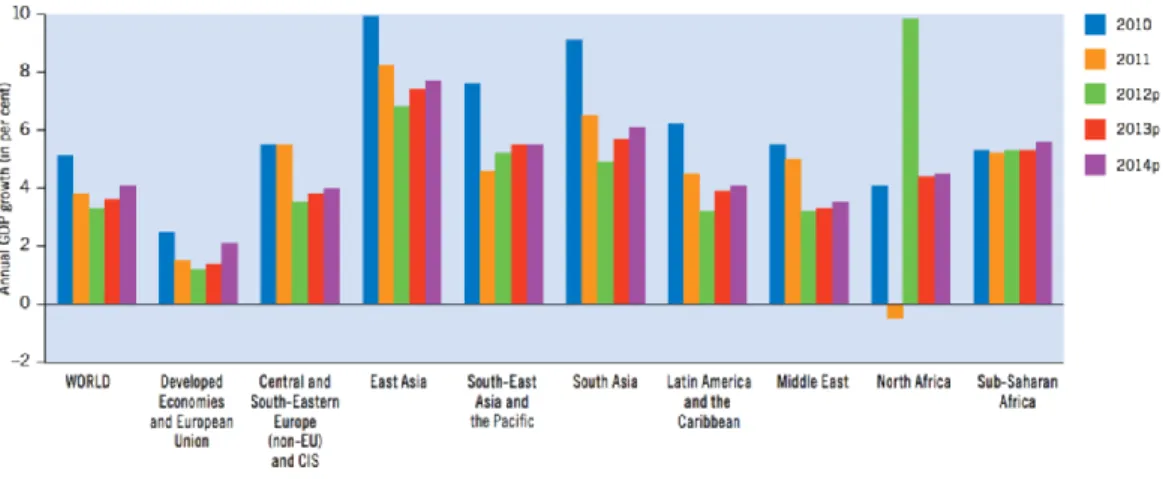The views expressed in this report are those of the authors and do not necessarily reflect those of the European Commission. Neither the European Commission nor any person acting on behalf of the European Commission is responsible for the information provided in this document. 275 Figure 88: Establishing multi-stakeholder partnerships for the benefit of the ICT profession 275 Figure 89: Establishing national ICT sector skills councils.
EXECUTIVE SUMMARY
INTRODUCTION Project objectives and scope Project objectives and scope
Ultimately, the purpose of the service contract is to understand the international dimension of e-skills in order to better anticipate changes and anticipate potential opportunities for cooperation and collaboration. It is worth noting that many of the stated objectives are long-term goals related to the maturation of the ICT profession as a whole. Such goals will require further work and cooperation from many stakeholders and this report is intended to act as one of the steps required to achieve these goals.
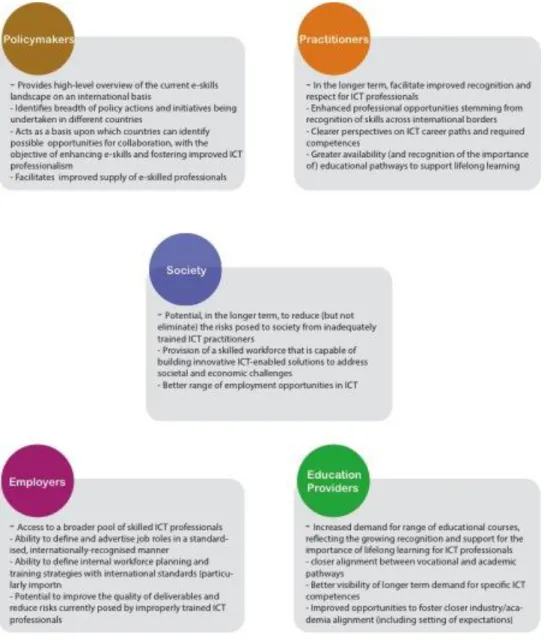
Service Contract
PROJECT APPROACH Introduction Introduction
During the 'first phase', the focus was on understanding current e-skills and ICT expertise globally and defining relevant policies and a framework for cooperation. In contrast, in the second phase, the focus was on the development of more concrete proposals for cooperation and the development of support for the proposals. International Workshop on e-Skills and ICT Professionalism: This workshop brought together around 25 representatives of national e-skills bodies and related professionals to discuss e-skills and ICT professionalism.
DESKTOP RESEARCH Introduction Introduction
Unfortunately, there is also a greater perception of sexual discrimination in the workplace in developing countries. Israel has been hailed as "the most rigorous computer science high school program in the world" with the curriculum being updated regularly. One of the factors thought to influence this is the availability of skilled workers in the host country who can speak English.
Therefore, the general practitioner will likely still be required and desired, at least in the short term. In Canada, a decrease in the number of ICT workers has corresponded to an increase in remuneration. A number of BOKs, which are particularly relevant in the definition of the ICT profession, are described below.
As such, harnessing the power of such groups to actively engage in the maturation of the profession will be key. Computerworld (Thibodeau, 2013), analyzing US labor data, suggests that “the number of electrical engineers in the workforce has declined over the past decade. It is likely that much of this research will contribute to significant innovations in the field of IoE.
Although this is a single sector, it gives an indication of the level of interest in the subject. There appear to be differences in the level of support for social media in different countries. Figure 31, which shows the increase in global labor supply, highlights some of the important demographic changes taking place.
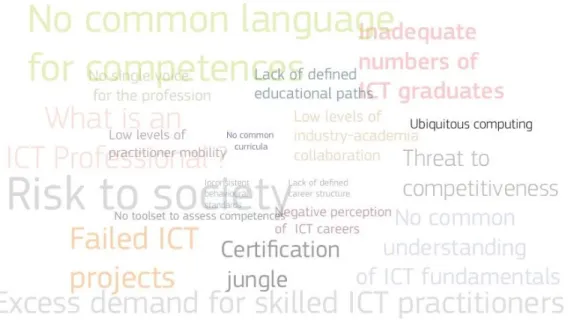
PRIMARY RESEARCH FINDINGS Introduction Introduction
Interestingly, however, more than three-quarters of all respondents (76%, n=54) believe that 'automation' is likely to influence the future demand for ICT-skilled workers within their organization. What is your opinion on the likely impact of automation on the future demand for ICT skilled workers within your organization in your country? What impact will offshoring have on the future demand for ICT skilled workers in your organization in your country?
It has been suggested that new technologies, such as cloud computing, will lead to a decrease in the number of ICT staff working in traditional ICT departments; this will coincide with an increased demand for ICT professionals working across the enterprise. For each of the skills below, indicate the level of growth in demand for expertise in your organization that you foresee over the period using the left-hand columns; indicates the probability that the skill will be abroad at some point in time. Key finding: Respondents generally believe there will be an increased demand for user experience (UX) skills in their organizations, with no respondents predicting a decrease in demand.
Key Findings: More than a third of respondents (n=19) predicted increased demand for skills to maintain and/or replace legacy systems. Only one respondent predicted a decline in demand for supplier management skills and very few (6%, n=3) believed this skill could be offshored, possibly due to the perceived strategic importance of management. Key Findings: More than half of respondents (58%, n=37) predicted an increase or sharp increase in demand for Enterprise Architecture skills in their organizations, while only 1 respondent predicted a decrease.
In addition, previous research on the impact of offshoring and automation on the demand for ICT skills was supported, with over 60% and 75% of respondents respectively believing that offshoring and automation will affect their organizations in the future.
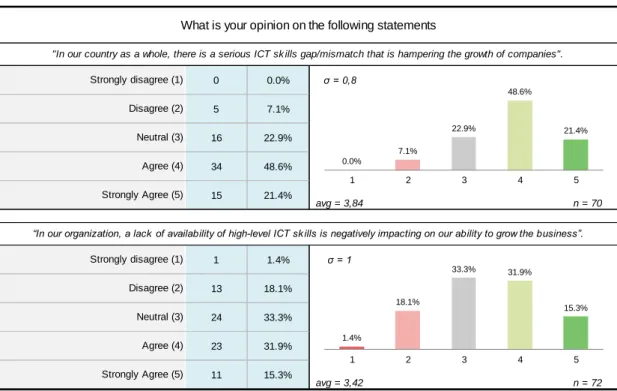
KEY ‘PHASE ONE’ FINDINGS Introduction Introduction
There is strong evidence that the role of ICT in organizations is becoming increasingly important – the emergence of the Chief Digital Officer is testament to this trend. By improving the perception of the ICT profession and related careers, more people will be encouraged to enter and stay in the profession, reducing the risk of ICT skills gaps in the future. Policy measures such as targeted promotional campaigns to raise awareness of the importance of ICT and the potential career opportunities for schoolchildren, students, graduates and the unemployed could help change public attitudes towards the ICT profession in the long term.
Both businesses and governments should be encouraged to plan ahead for the ICT skills they will need in the future. Fostering a common broad understanding of the domain through a core ICT BoK will help reduce risk. Promoting a positive, diverse and vibrant image of the ICT profession among young people will help to dispel some of the negative perceptions.
The inelasticity of the current tertiary education system means that industry lacks sufficient numbers of ICT-skilled workers. In the longer term, domestic supply of ICT workers is likely to be the most sustainable option. Policies to facilitate the recognition of the ICT competence of individuals, regardless of the educational path they have chosen, are important.
Value: Gathering international perspectives on evidence-based portfolios can in the longer term support the design and development of solutions that support the specific requirements of the ICT profession.

CHAPTER 6: THE IMPACT OF GLOBALISATION ON ICT DELIVERY - OFFSHORING AND GLOBAL SOURCING DELIVERY - OFFSHORING AND GLOBAL SOURCING
However, even with the aforementioned limitation, the analysis still provides supportive evidence of the trend. If a contract is complex in nature and includes several categories, the contract is placed in the "bucket" where the largest part (from the point of view of value) of the contract belongs. In some contracts this would be only part of the contract value (such as a data center outsourcing contract), while in others it could be the majority of the contract (such as in a for custom application development).
A look at the absolute values and the development in these gives an indication of the uptake of offshoring over the period. The previous sections provide evidence of the type of ICT work that has been outsourced in the last ten years. However, IDC would argue that the positions listed in the table, while relevant, do not represent the breadth of skill sets used in providing offshore services.
For each of the [named] skills, indicate the probability that the skill will be offshored at some point in the period 2013-2020. These results indicate a continuation of the trends observed over the past decade, without major consequences. The study explored the new offerings the providers were planning to launch with a survey question, segmented by the provider's regional/country origin.
Combined with service providers' intentions to focus on software-based services, there is little reason to expect a seismic shift in the types of skills likely to be offshored by 2020.
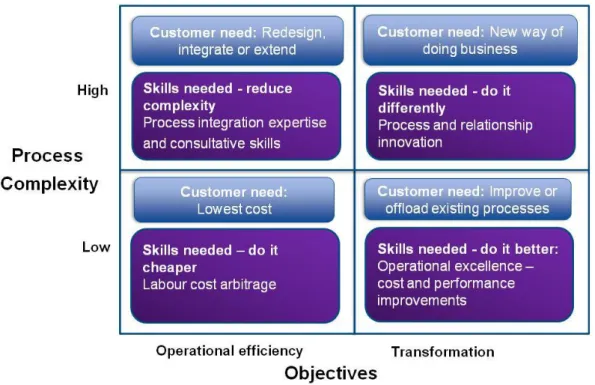
THE QUANTITATIVE IMPACT OF GLOBALISATION Introduction Introduction
Based on this empirical study and on the maturity level of offshoring in the various EU countries, IDC produced estimates of jobs lost over jobs moved within IT (applications, infrastructure, other) versus innovation (R&D and product development). The UK will remain the largest consumer of offshore IT services in the EU for the foreseeable future. The extent of IT jobs that are moved from an EU country to offshoring locations is closely related to the level of acceptance that offshoring has in the country.
The reality in the years to come will likely be a mix of the trajectories designed here. In this scenario, the dynamics of the IT industry are reflected in offshoring growth at a similar rate to the cautious growth scenario, around 14% CAGR. Education and training policies and initiatives: in this scenario, we assume that these policies will have a good to moderate level of achievement of their objectives, gradually improving the supply of ICT skills over the medium term, and effects begin to be felt at the end of the period analyzed (from 2018).
The total demand for ICT skills in this scenario is expected to grow to 8.1 million jobs, with an average growth rate of around 5%, which is half that of the cautious growth scenario. GDP growth will average only 1.1% annually over the period, much lower than the 1.7% indicated for the cautious growth scenario. Education and training policies and initiatives: In this scenario, our assumption is that these policies will have a moderate level of achievement of their objectives, gradually improving the supply of ICT skills in the medium term, with effects beginning to be felt in the end of the analyzed period (from 2018 onwards).
In this scenario, we assume that this policy will fail to improve the match between supply and demand in the short to medium term.
